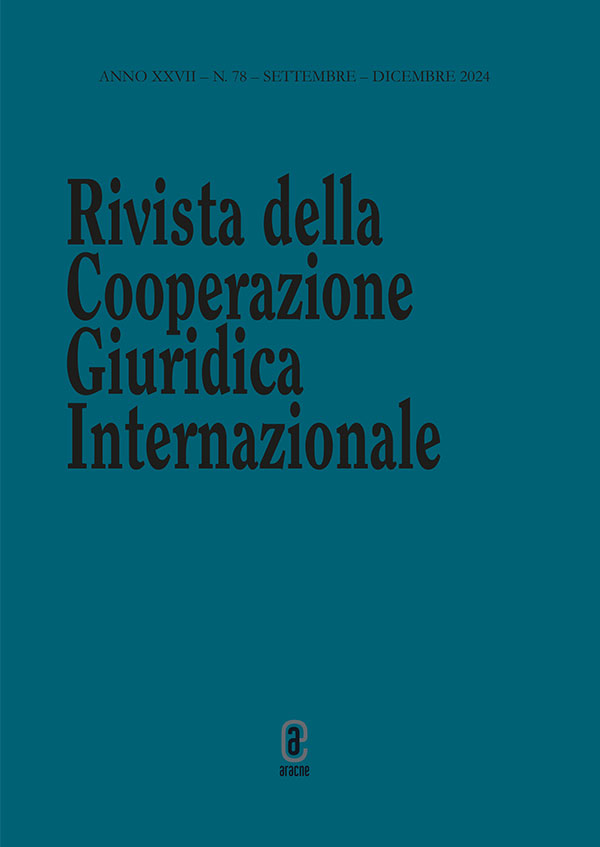DOI: 10.53136/97912218165492
Pagine: 24-45
Data di pubblicazione: Gennaio 2025
Editore: Aracne
SSD:
IUS/13
The dual protection of fundamental rights by the national Constitutional courts and the Court of Justice is the result of the specific and original institutional architecture of the Union, formed through the transition from the MEC, to the EEC and finally to the EU. The current situation is such that all member states of the Union accept, to varying degrees, the primacy of European supranational law, albeit through a process of consensus. Even criminal matters, which have traditionally been the exclusive purview of state legislation, have now acquired a distinct supranational dimension. The Charter of Fundamental Rights signed at Nice has been afforded the same legal status as the Treaties, thereby ensuring the protection of subjective rights at both the domestic constitutional level and the EU Charter level. Consequently, there is the possibility of a dual review of compliance with the principles, set out in the Constitution and the Charter, conducted by the two courts in question (the internal and the European). Hence the need for dialogue between the Courts, of which the reference for a preliminary ruling is a fundamental instrument. The Italian Constitutional Court has initiated four such references for a preliminary ruling which are examined in this article. The author is fully aware that the reference, precisely because it initiates a dialogue between peers, nevertheless postulates an assessment of “expediency”, regarding which he attempts to provide a potential guiding criterion.


